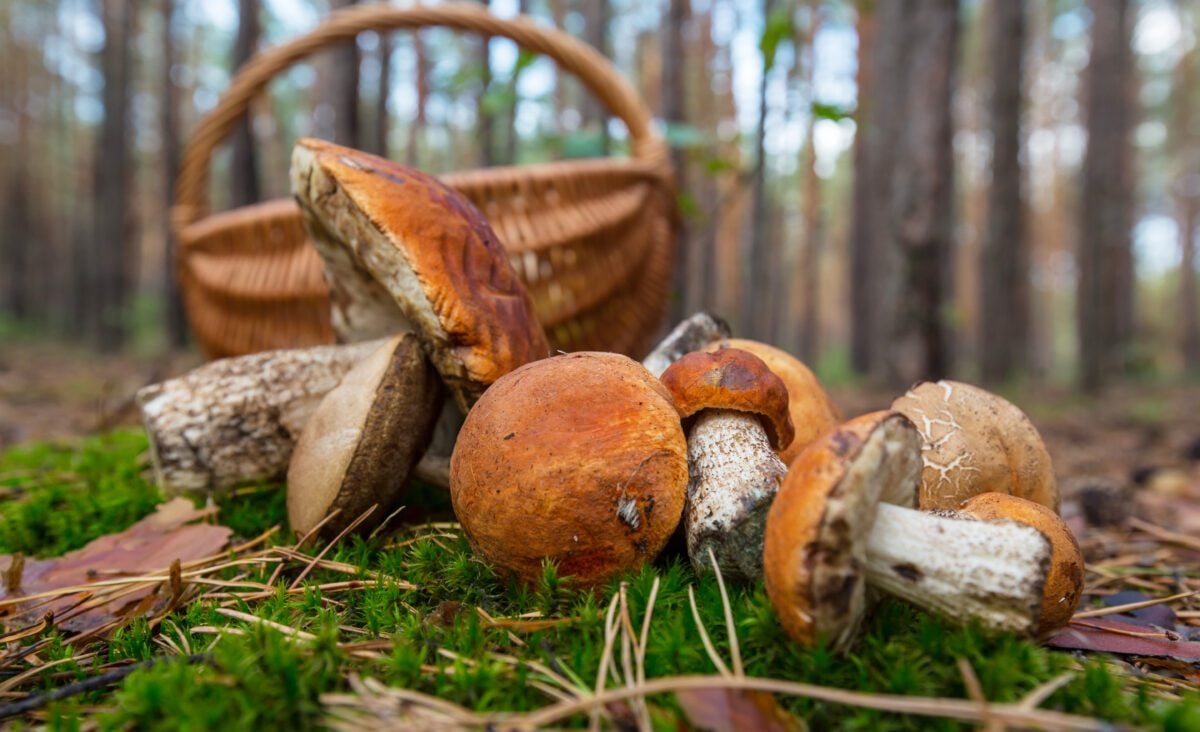Mushrooms are much more than just culinary ingredients.
For millennia, they have played a fundamental role in gastronomy, medicine, and even in folklore. Whether for their taste or their benefits, these small natural treasures fascinate with their diversity and unique character.
In this article, we will explore the history of mushrooms, the most well-known varieties in France and Canada, their potential dangers, and we will also discuss their nutritional value, health benefits, as well as tips for their use and storage.
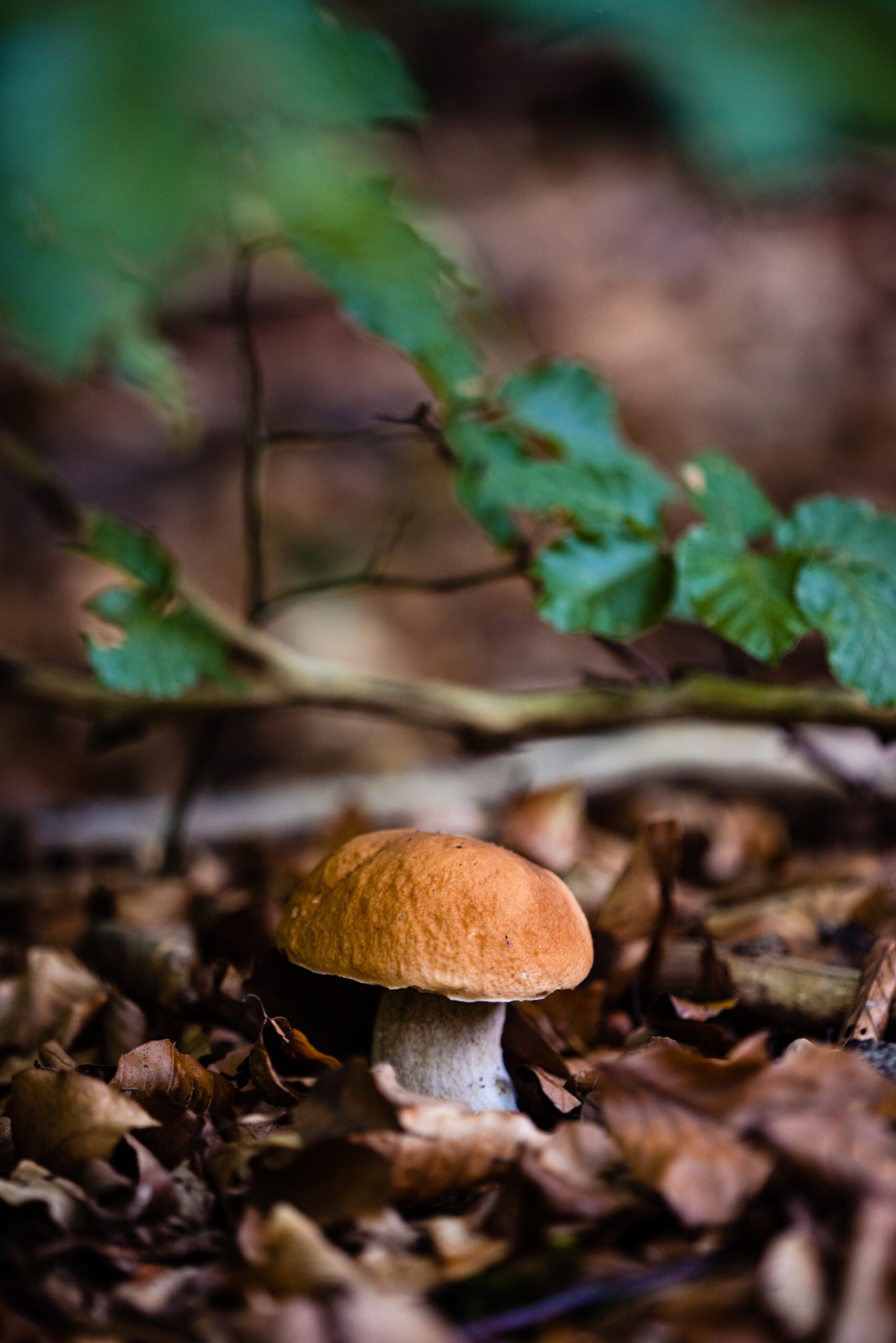

The history of mushrooms
Mushrooms have been present in human life for millennia. In Ancient Egypt, they were considered divine plants reserved for the pharaohs. In China, their medicinal use dates back over 2,000 years, particularly with species like reishi.
In Europe, mushrooms have always held an important place in gastronomy. The Romans used them in their feasts, and during the Middle Ages, they were highly valued in royal courts.
However, their connection to the wild and their sudden appearance after rain fueled superstitions, especially in Europe, where some mushrooms were linked to legends about fairies and witches.
The mushroom: animal or plant?
Until the 1960s, mushrooms were classified as plants. However, scientists discovered that their origin dates back more than a billion years and that they share ancestors with animals, specifically tiny single-celled organisms. Known as Fungi, or more commonly mushrooms, they draw their energy by breaking down organic matter, distinguishing them from plants, which rely on photosynthesis.
There are over 1.5 million species of fungi, including molds and yeasts, which is five times the number of plant species. This highlights the incredible diversity and ecological importance of mushrooms.
Where are mushrooms found?
Mushrooms are found all over the world, though their varieties and abundance differ based on climate and ecosystem. They typically thrive in humid environments, often in the shade of trees, and in soils rich in organic matter.
In France, oak and beech forests, as well as mountainous regions like the Alps and Pyrenees, are ideal habitats for mushrooms. In Canada, particularly in Quebec and British Columbia, boreal and temperate forests provide excellent mushroom foraging grounds.
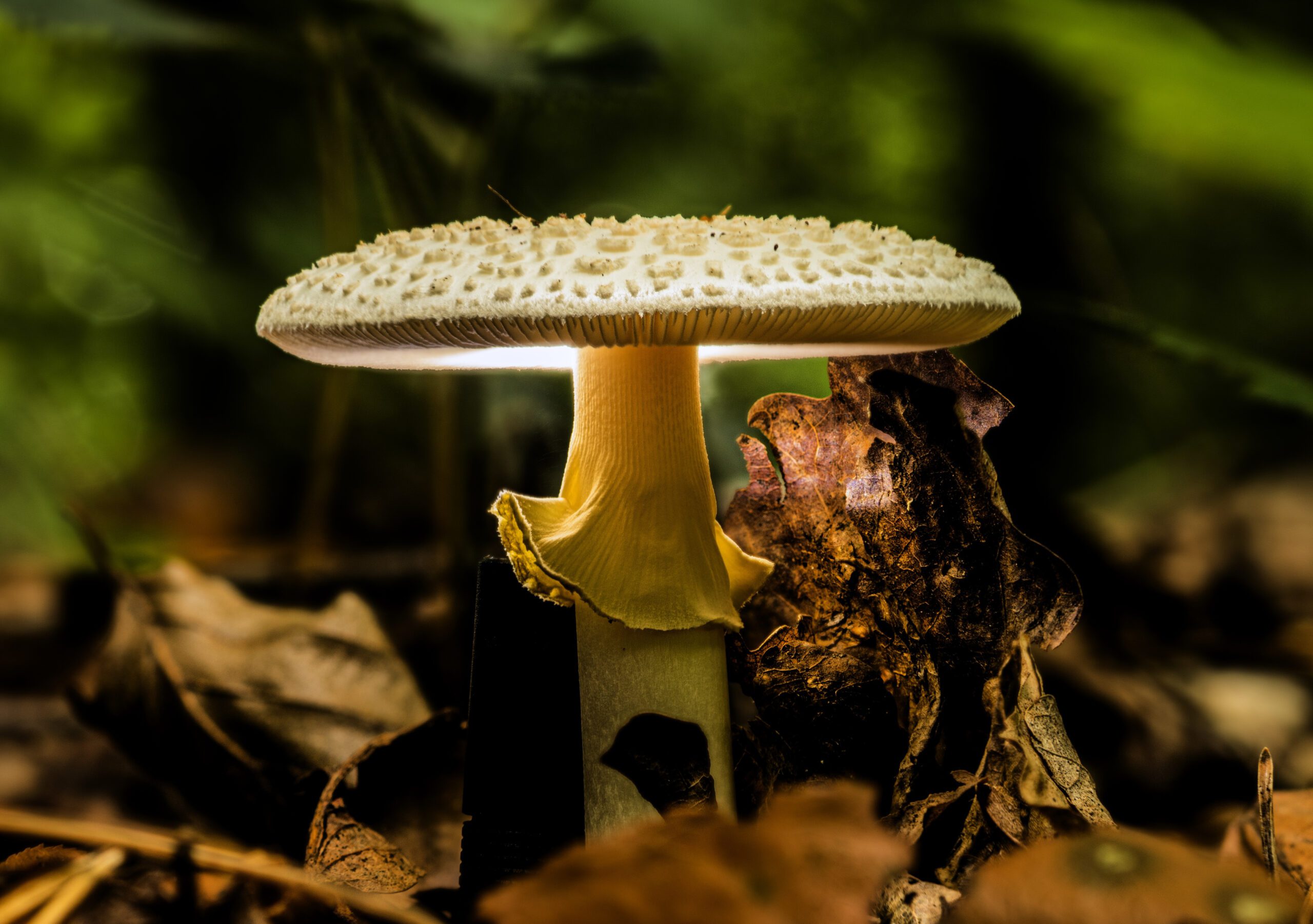
Known varieties in France and Canada
Popular mushrooms in France
- Cèpe de Bordeaux (Boletus edulis): Known as the king of mushrooms, highly sought after for its delicate taste and firm texture.
- Girolle (Cantharellus cibarius): Loved for its fruity flavor and bright yellow color.
- Morel (Morchella): Often used in refined dishes, such as sauces and stews.
- Hedgehog Mushroom (Hydnum repandum): Ideal for slow-cooked dishes due to its crunchy texture.
Popular mushrooms in Canada
- Chanterelle (Cantharellus cibarius): Also found in France, it’s abundant in Canadian forests.
- Black Morel (Morchella elata): Highly prized, mainly growing in spring.
- Oyster Mushroom (Pleurotus ostreatus): Widely used in Quebec and Ontario, and easy to cultivate.
- Red-footed Bolete (Boletus erythropus): Common in Quebec’s forests, appreciated for its firm texture and subtle flavor. It must be well-cooked, as it can be indigestible raw.
Different types of mushrooms
Mushrooms can be classified into five main families based on their appearance:
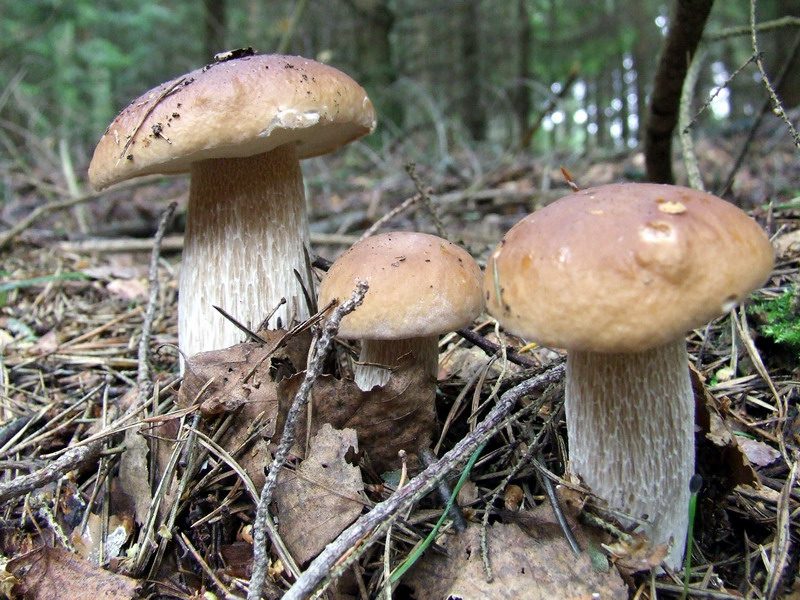
Mushrooms with Tubes
Including boletes and porcini, these mushrooms have tubes under their cap.
Photo Credit : Tomas Čekanavičius, CC BY-SA 3.0 https://creativecommons.org/licenses/by-sa/3.0, via Wikimedia Commons

Mushrooms with Forked Ridges
Like chanterelles, these mushrooms have forked ridges under their cap.
Photo Credit : Jebulon, CC0, via Wikimedia Commons
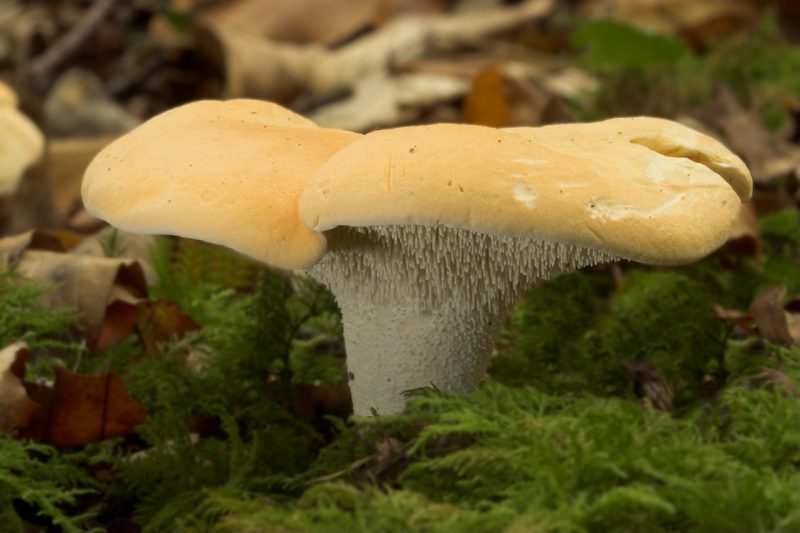
Mushrooms with Spines
These mushrooms have soft spines under their cap.
Photo Credit : D J Kelly, Public domain, via Wikimedia Commons
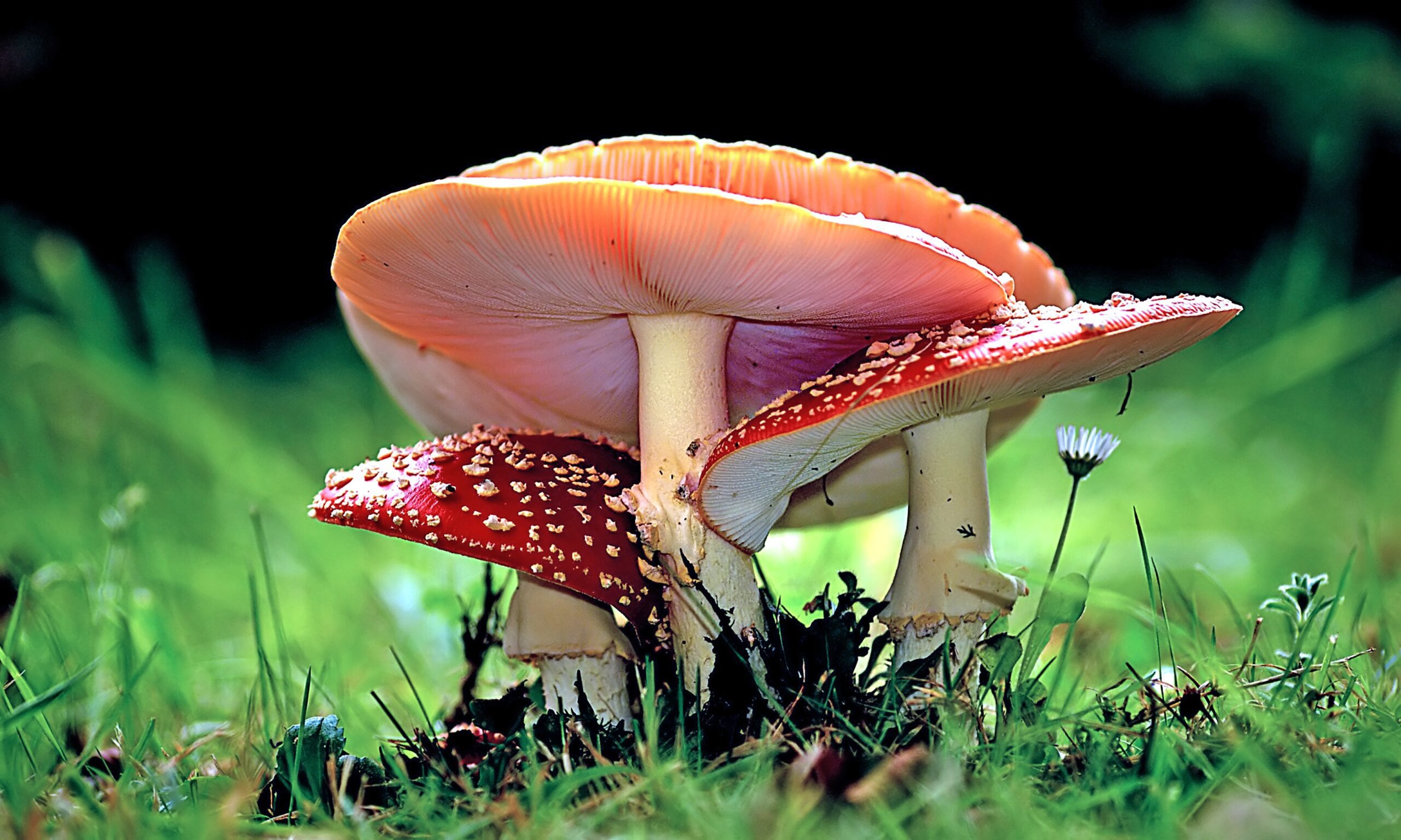
Mushrooms with Gills
These mushrooms, such as agarics and amanitas, feature gills under their cap.
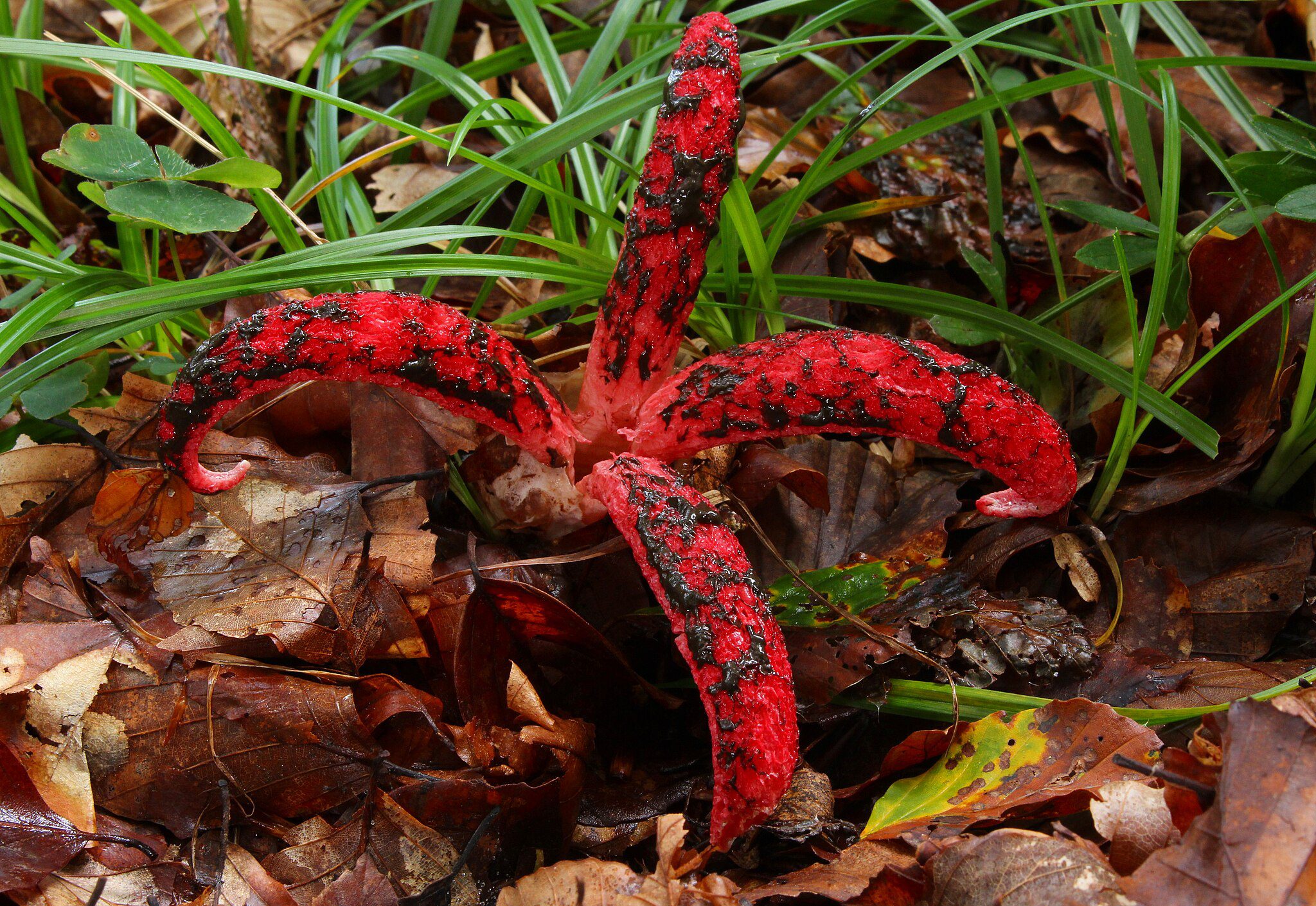
Mushrooms with Unique Shapes
These mushrooms don’t fit into the other categories due to their unique shapes.
Photo Credit : Holger Krisp, CC BY 3.0 https://creativecommons.org/licenses/by/3.0, via Wikimedia Commons

The danger of mushrooms
Foraging for mushrooms is an enjoyable activity, but it comes with risks. Many toxic species resemble edible varieties and can lead to serious, even fatal, poisonings. In France, the Amanita phalloides (Death Cap) is one of the most dangerous mushrooms and is responsible for numerous poisonings.
Crédit photo : Archenzo, CC BY-SA 3.0 http://creativecommons.org/licenses/by-sa/3.0/, via Wikimedia Commons
In Canada, the False Morel (Gyromitra esculenta) can be deadly if not properly prepared. Therefore, it’s crucial to always consult an expert or refer to a foraging guide before consuming wild mushrooms.
The mushroom season (France and Canada)
In France, truffles and mushrooms like cèpes (porcini) and girolles (chanterelles) dominate the harvest for most of the year. Even in winter, black truffles can still be found.
In Canada, due to the harsh winters, wild mushrooms are mostly absent from January to March. However, from spring onwards, varieties like morels and chanterelles begin to appear.
| Month | France | Canada |
|---|---|---|
| January | Black truffles | |
| February | Black truffles | |
| March | Morels, Truffles | Morels (in some mild climate regions) |
| April | Morels, Summer Cèpes | Morels (depending on the region) |
| May | Girolles, Morels | Chanterelles, Morels |
| June | Girolles, Cèpes | Oyster mushrooms, Chanterelles |
| July | Girolles, Cèpes, Pied-de-mouton | Oyster mushrooms, Chanterelles |
| August | Cèpes, Girolles | Girolles, Oyster mushrooms |
| September | Cèpes, Trompettes de la mort | Cèpes, Girolles, Oyster mushrooms |
| October | Cèpes, Girolles, Pied-de-mouton | Cèpes, Oyster mushrooms, Chanterelles |
| November | Trompettes de la mort, Cèpes, Pied-de-mouton | Oyster mushrooms, Cèpes |
| December | Black truffles |
Nutritional value of mushrooms
Mushrooms are low in calories and fat but rich in essential nutrients.
For 100 grams of raw mushrooms
| Mushrooms | Calories (kcal) | Proteins (g.) | Fats (g.) | Carbohydrates(g.) | Fibers (g.) |
|---|---|---|---|---|---|
| Button mushrooms (Agaricus bisporus) | 22 | 3.1 | 0.3 | 3.3 | 1 |
| Oyster mushrooms (Pleurotus ostreatus) | 33 | 3.3 | 0.4 | 6 | 2.3 |
| Porcini (Boletus edulis) | 28 | 3.1 | 0.5 | 4.5 | 2 |
| Chanterelles (Cantharellus cibarius) | 17 | 1.5 | 0.3 | 6.9 | 3.8 |
Comparison and observations:
- Button mushrooms are very low in calories and fat but contain a good balance of protein and fiber, similar to other varieties.
- Oyster mushrooms have a slightly higher carbohydrate and fiber content, making them a more filling mushroom.
- Porcini mushrooms are a bit more caloric but remain low in fat and high in fiber, offering a richer option for gourmet dishes.
- Chanterelles are particularly high in fiber compared to the other varieties but very low in calories.
While the differences are not drastic, the nutritional values vary depending on the type of mushroom, influencing their texture, flavor, and fiber content.
Mushrooms are an excellent source of:
- B vitamins (B2, B3, B5): Essential for energy and metabolism.
- Vitamin D: Rare in plant-based foods, it supports bone health.
- Minerals: Such as copper, selenium, and potassium, which play key roles in immune and cardiovascular health.
Health benefits
Mushrooms are known for their many health benefits:
Boost the immune system: Thanks to bioactive compounds like beta-glucans, which stimulate the body’s natural defenses.
Antioxidant properties: They help fight free radicals and protect cells from premature aging.
Promote heart health: Their low fat content and high fiber make them an excellent choice for a healthy diet.
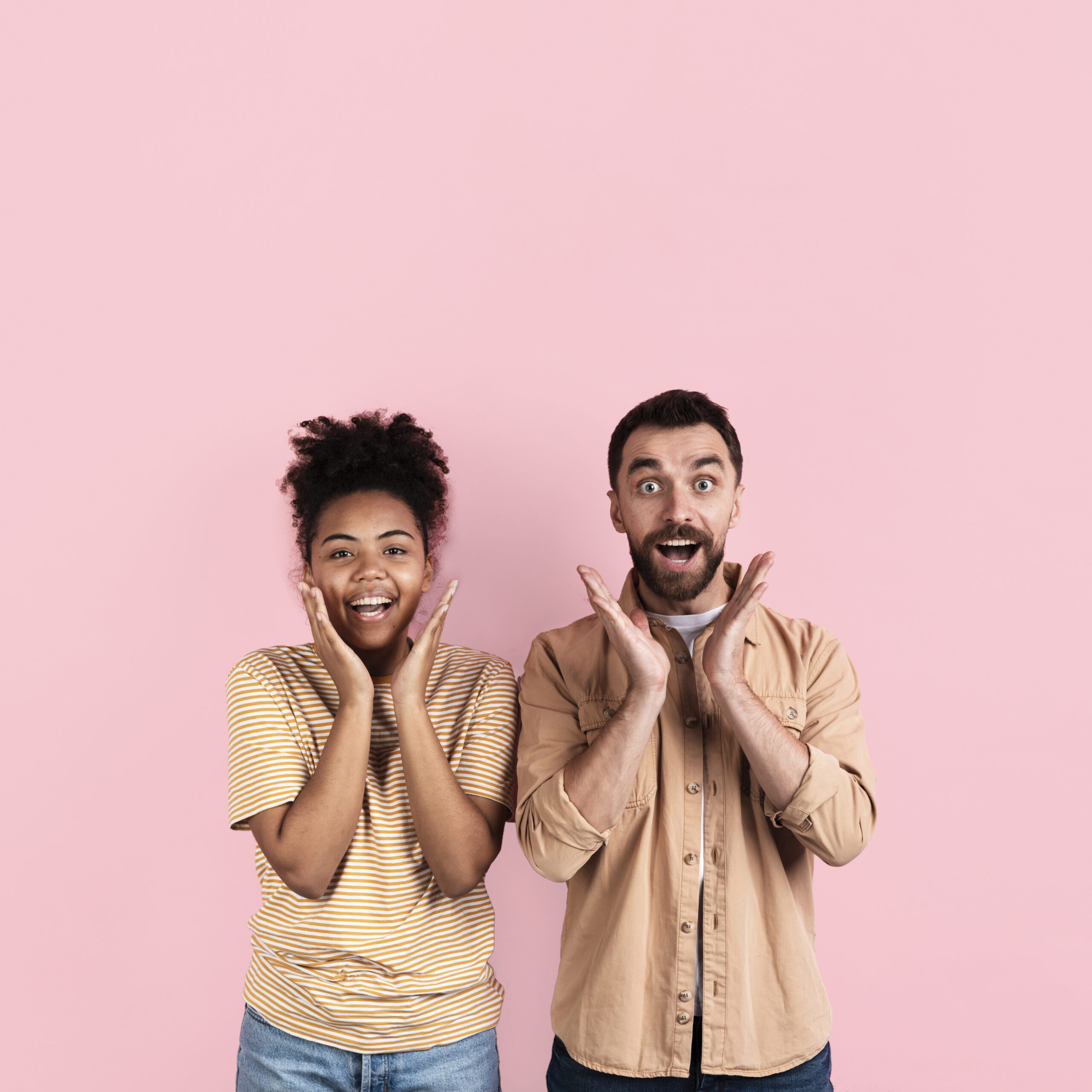
But where can I find my mushrooms?
ure, it’s quite satisfying to go out and forage mushrooms in the forest, returning proudly with a massive 859g cèpe found hidden in a thicket. However, finding the time and not returning empty-handed can be challenging, especially since good mushroom spots are often more guarded than a magician’s rabbit trick!
Two solutions are available. The first, of course, is to head to your local market or store, where you’ll find a wide variety of fresh mushrooms ready to cook. But another increasingly popular option in recent years is growing your own mushrooms with mushroom cultivation kits. These “mushroom boxes,” often for species like oyster mushrooms, allow you to grow and harvest your own mushrooms at home. Not only is this a practical solution, but it’s also a rewarding experience.
Buying and storage tips
- Choosing fresh mushrooms: They should be firm, without spots or excess moisture. Oyster mushrooms and button mushrooms should have well-closed caps.
- Storage: Fresh mushrooms can be kept in the refrigerator for a few days in a paper bag to prevent moisture buildup. For longer storage, they can be frozen after cooking or dehydrated for later use.
Our popular mushroom recipes
Conclusion
Mushrooms are not only delicious but also nutritious and versatile. Whether you pick them yourself from the forests of France or Canada, or purchase them from markets, they always add a touch of refinement and health benefits to your dishes. However, it’s crucial to be cautious of toxic varieties and ensure proper identification before consumption.

